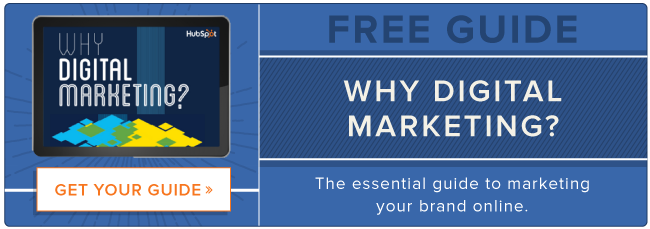But how do you know what’s working for your business if you can’t measure the effectiveness of your marketing campaigns?
Let’s compare this outlook with the sales department, which operates under a constant sense of urgency because they are always working to meet a predetermined sales quota. This sense of urgency is exacerbated by the fact that their compensation is tied to meeting or exceeding those quotas. This gives them an extraordinary sense of focus around measuring their results and reviewing their strategies.
There’s no reason why marketing can’t work towards targets in the same way sales does.
Work Out What to Focus On

In order for marketing to be empowered as a function, we need to cut out the noise and confusion that can make it difficult to focus on objectives that matter the most; those that ultimately drive sales and prove ROI. At a high level, these objectives should address the Top of the Funnel (TOFU), Middle of the Funnel (MOFU) and Bottom of the Funnel (BOFU):
- TOFU -- If you need to increase traffic to your website, utilize tactics like blogging, Search Engine Optimization & Social Media
- MOFU -- While blogs are very effective at bringing visitors to your website, they won’t help you qualify prospects or make a sale. To turn visitors into leads, MOFU tactics like ebook offers & webinars will help you get there
- BOFU -- By the time a lead reaches the bottom of the funnel, they are ready to buy and the only question is who they will buy from. This is the chance for marketers to add more qualified opportunities to the sales pipeline by using tactics like lead nurturing through email marketing & case studies
Once these objectives are top-of-mind, the marketing department can devise a strategy that turns them from a cost centre into a profit centre, fully capable of explaining results and impacting the company’s growth.
Set SMART Marketing Goals
To do all that, we first need to develop measurable goals that allow for strategy changes and reviews along the way. Measurable goals also help us prove how effective we are and spur on improvement.
However, goals are useless if they're not realistic. That's why it's critical to set SMART goals. Here’s how you can set a SMART goal:
- Specific -- Set real numbers with real deadlines
- Measurable -- Make sure you can track your goals
- Attainable -- Work towards a goal that is challenging but attainable
- Realistic -- Be honest with yourself, including what your team can or cannot do. Address the challenges that might come up
- Time-bound -- Give yourself a deadline, “sometime down the road” is not specific enough
To help you do all that now and eliminate the confusion on setting goals, HubSpot has put together a free goal setting template. With this template, you will be able to find out how far off you are at from your year-end goals so you can put in place a strategy to make this your best year yet.
If you’re eager to learn more about digital marketing and how you can build a truly effective digital marketing strategy for your business, check out Why Digital Marketing? The Essential Guide to Marketing Your Brand Online for a step-by-step process.




.jpg)



![Here‘s Everything I’ve Learned About Internet Marketing [Data + Expert Tips]](https://53.fs1.hubspotusercontent-na1.net/hubfs/53/internet-marketing-1-20250128-2273831.webp)

![24 Digital Marketing Tips That HubSpot Swears By [Research]](https://53.fs1.hubspotusercontent-na1.net/hubfs/53/digital-marketing-tips_0.webp)
.png)
![How Performance Marketing Works [+ 6 Tools You Can Use]](https://53.fs1.hubspotusercontent-na1.net/hubfs/53/performance%20marketing.webp)